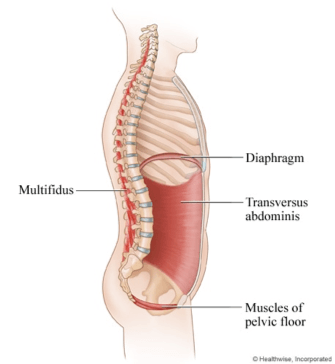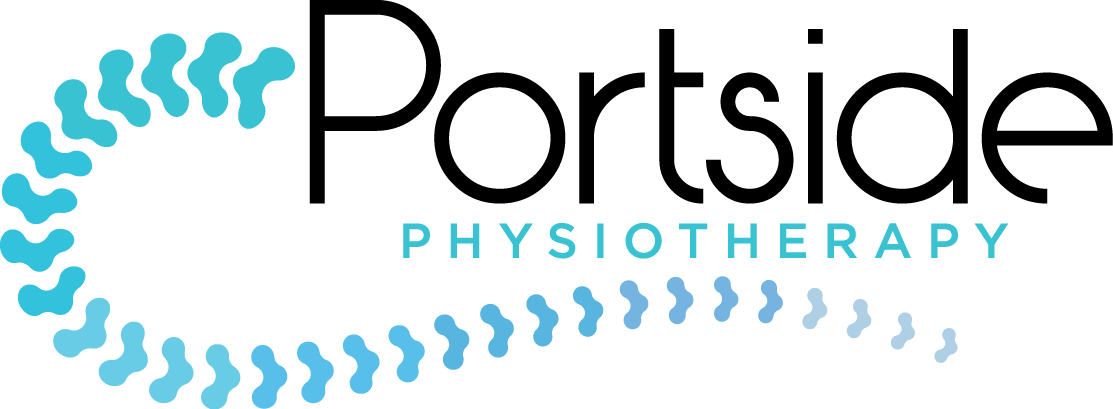Core Stability versus Core Strength

Everyone is talking about the importance of “core stability”. It is a hot topic both in and out of the dance studio among dancers and teachers alike. When true core stability is seen in a dancer, they develop dynamic control of their body. The ease of movement achieved allows the dancer complete freedom to accomplish their technical requirements with efficient muscle recruitment and co-ordination.
Our “core” is a dynamic structure that needs to be able to adapt depending on what the choreography asks for. It needs to assist you to keep on balance for a triple (or more) pirouette en pointe but also needs to allow your body to move seamlessly through positions during a dynamic contemporary piece.
Core Strength or Core Stability?
In a world where there are hundreds of “core strength” programs easily accessible online it is important that we understand exactly what we are trying to achieve by doing a particular exercise. We keep hearing that dancers need to have “core strength” and “strong abdominals”, but before we start drawing our belly buttons in, doing more sit ups, planks or crunches we need to ask ourselves: What actually is core stability? In order to start training our true core stability we need to know what it is and what it isn’t (taken from the wise words of Dance Physiotherapist Lisa Howell).
True core stability is NOT:
- A six pack
- Being able to do hundreds of sit ups
- Holding a plank for 5 minutes
- Being able to “brace” yourself in any position
True core stability IS:
- The ability to control the spine dynamically
- Fine coordination of all the muscles that control your trunk – not just the abdominals
- The ability to adjust the level of control needed depending on the situation
- Creating a stable base off which to work the limbs
- Keeping the spine and pelvis stable in position to allow smooth and effective transfer of force through the body
Anatomically Speaking
So as always, because I am such a nerd, lets talk anatomy. Please follow along by referring to the featured image above if you need a visual aid!
The inner unit of muscles
These are our true core muscles and they comprise of:
- Transversus Abdominus (TA)
- Pelvic floor
- Diaphragm
- Deep back muscles (multifidus, rotatores and intertransversarii)
Your true core muscles are mostly slow twitch muscle fibres that are designed for endurance, meaning that these muscles should be working almost all of the time but at a low level. I liken these muscles to a dimmer switch on a light. When you turn the dimmer switch down, the light still glows. However; you can easily turn the switch up if you need more light!
The outer unit of muscles
Comprise of:
- abdominals (rectus abdominus, internal and external obliques)
- large back muscles (erector spinae)
These are made up of fast twitch muscle fibres and perform large movements of the trunk. Although they are powerful, they fatigue quickly. When the inner unit is not working or “asleep” we rely too much on the large outer muscles to stabilise. These muscles are not made for constant activity and cannot cope with doing the job of the inner true core. This is when we can get that feeling of aching, stiffness and need to stretch out our back to release tension in our lumbar spine.
They’re always in the last place you look
So, if these core muscles are deep and we can’t see or feel them from the outside, how do we find them and what are the right exercises we need to be doing to develop them?
Lying on your back is usually the easiest position to work from first. This is because your back is well supported and allows you to relax the outer global muscles. Start lying on your back with your knees bent. Find a neutral spine position by working through some pelvic tuck and tilts and finding the mid point.
Like Frankie says – Relax
There should be no tension through the hips, back or abdominals in this position. From here the process of finding the inner core unit is very personal and different people respond to different cues. Try a few of the ones below:
- Gently feel an internal pulling up as if you are trying not to go to the toilet
- Sink or hollow the lowest part of your abdomen whilst maintaining your neutral spine
- Imagine an elastic band connecting your pubic bone to the base of your low back and feel these two points draw together
- Imagine hundreds of water droplets on your tummy coming to collect into a little puddle at your pubic bone
- If you are a male, imagine walking into cold water
Remember to keep breathing through all of this too! If breathing is difficult, or you feel like your ribs are locked – you might have activated too many superficial muscles. Go back to some deep breathing, relax and try again with a different cue. The feeling I usually look for is a warm glow low and deep.
Mix it up
It is important to note that just because you have good awareness and activation lying on your back, doesn’t mean you have the same control in every other position. Try the same exercise on your tummy, lying on your side, on your hands and knees, in sitting and in standing. Which positions are easy and which ones do you find more challenging? Do you need different cues for each position?
Conclusion
On a final note, integrating this concept of core activation, stability and endurance into your movement patterns and into your dancing, takes time, patience, repetition and perseverance. However once you can do it well the rest of your muscles will be able to function so much better and your body will work more efficiently.
